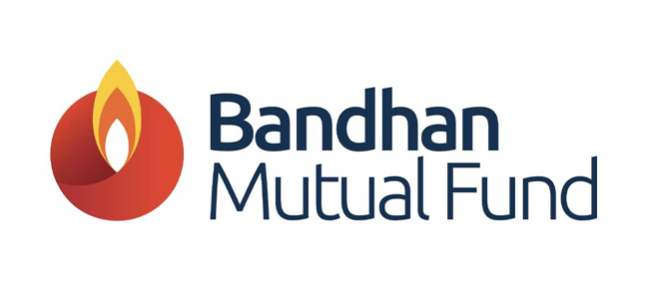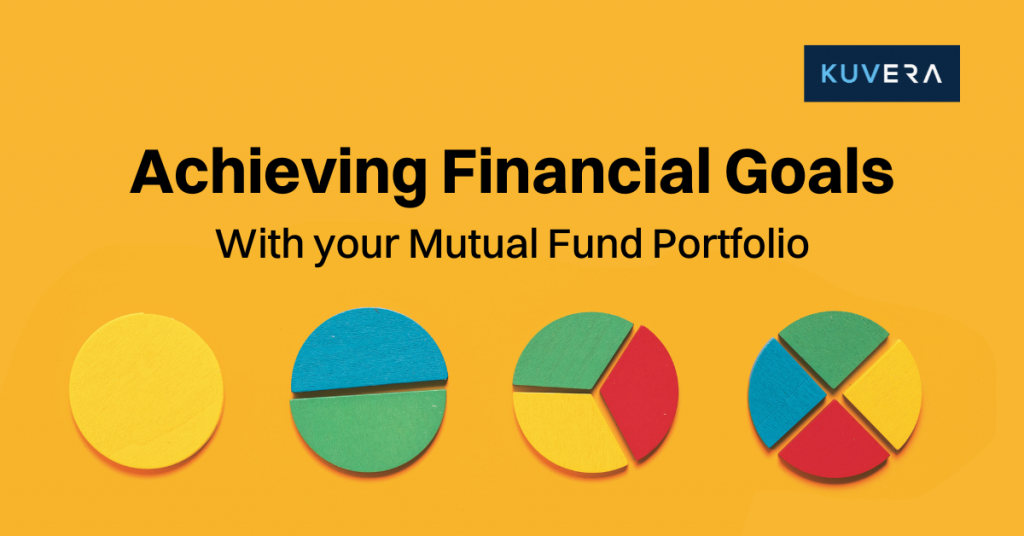
This is a guest post authored by the team at Bandhan Mutual Fund, one of India’s leading fund houses with ₹1,41,319 cr of Assets under Management as of 29 Feb 2024.
In a rapidly fuelling inflationary environment, most of us may have understood that relying on one’s salary or traditional methods of savings may not be sufficient for a sustainable financial future. Therefore, we may have also understood the relevance of investments as a core strategy for building wealth. But today one must also have the realisation that it is important to diversify investments to generate maximum returns with minimal risks. Mutual funds offer a basket of diversified schemes, each tailor-made for specific financial goals and risk profiles. If one desires to invest in a diverse plethora of assets like equities, debt, commodities like gold and silver, and ETFs as well as seek exposure to different sectors and industries, mutual funds provide an opportunity to create a well-rounded portfolio.
This article explains the significance of holding a mutual fund portfolio and key aspects related to mutual fund investments.
What is a Mutual Fund Portfolio
The foundation of selecting a mutual fund scheme lies in the financial goals. An investor may have multiple financial goals like buying a car, a dream vacation, or accumulating funds for retirement. Each of these financial objectives may demand a separate investment scheme. The pool of different mutual fund schemes is referred to as an investor’s mutual fund portfolio, which enables a more effective management of one’s investment journey.
Investment-related stops in an investor’s life:
- Income generation: The primary focus of an average investor is earning an income to meet immediate expenses like rent, groceries, repayment of education loans, and entertainment.
- Saving and budgeting: One must put in place a budget, to refrain from wasteful expenditure, and also set aside part of one’s income for unforeseen incidents like medical emergencies.
- Evaluate financial position: Upon reaching a comfortable position with growing savings and a controlled budget, investors must ideally consider an early and aggressive approach to investment. The investment amount can be determined after keeping aside money for routine expenses and rainy days
- Determine life goals: Investors must shortlist short-term, mid-term, and long-term financial goals as well as risk profiles to chart out an effective mutual fund investment strategy.
- Maintain a consistent approach: Finally attributes like patience, consistency, asset diversification, and awareness are the golden rules for a successful investment journey. Investors should consistently work towards investments until the goals are achieved. They should try to refrain from putting all eggs in one basket and diversify into different assets for optimal returns with minimal risks, and also review and monitor the investment options periodically.
How to build a mutual fund portfolio?
Based on the above stages one should proceed to build a mutual fund portfolio in the following way:
- Align investment plan with goals: The purpose of investing is as important as the investment itself. Setting clear goals like how much is required for your child’s education and in what timeframe. Or corpus required to sustain your lifestyle Post-retirement? Goals help determine financial value, duration, and asset allocation plans.
- Assess Risk Tolerance: An investor must gauge his risk tolerance which is the willingness to withstand financial losses and associated risks of the mutual fund scheme. The risks can be evaluated through riskometers provided in the monthly scheme information documents.
- Define asset allocation: The stage refers to distributing your funds across asset classes like equities, and debt, and commodities like gold and silver, based on the financial goals and risk appetite. The right mix of asset allocation ensures that maximum returns are generated. Accordingly, the investors can select the most suitable mutual fund schemes. For example, equity and equity-related schemes can be highly risky but can help generate attractive returns in the long run. Similarly, debt schemes can be considered to be at lower risks and can generate more stable returns.
- Apply for SIPs: New investors may consider Systematic Investment Plans (SIP) that allow investment in a regular, consistent manner without burdening one’s budget.
Factors to keep in mind
Once you have built your mutual fund portfolio the following factors should be kept in mind:
- Focus on financial goals: It is important not to deviate from the investment plan, consistently maintain a disciplined approach, and avoid premature exit before the maturity period.
- Avoid knee-jerk reactions: Markets are by nature unpredictable and can either surge or decline. In scenarios where markets crash, investors should not panic but take a long-term perspective as negative returns may offset over time. One can also seek advice from a financial advisor to understand if the portfolio needs rebalancing.
- Regular systematic investment plan: Given that the markets are unpredictable investors should make small and regular amounts of investments through SIP. SIPs can help leverage the benefits of compounding and rupee cost averaging. Besides, by adopting SIPs investors are not risking their entire savings in one go.
- Monitor and periodically review portfolio: Markets and economies are prone to changes and fluctuations. It is therefore important for investors to keep track of their portfolio to ensure that the performance stays aligned to the financial objective. Periodic reviews enable investors to rebalance their portfolios to mitigate risks and/or capitalize on the changing market environment.
Concepts of Core and Satellite Portfolio
Since the whole idea behind constructing a mutual fund portfolio is to fulfil financial goals it is important to understand the concept of core and satellite portfolios in mutual funds, which are two parts of an investment strategy.
Core portfolio
The core portfolio serves as the foundation of an investment strategy, which can provide stable and long-term growth. It can comprise diversified, low-cost passive investments such as ETFs, index funds, stocks, and bonds, which may deliver consistent returns over an extended period.
Satellite portfolio
These active investment funds are focused on opportunities in high-growth sectors and/or emerging industries funds, individual stocks with a high risk-to-reward ratio, and other active funds with the potential for high yields.
Conclusion
All mutual fund schemes are subject to market risks, which is why an investor clearly understands all aspects of their mutual fund portfolio. An investor can seek the advice of a financial advisor or mutual fund distributor to design a portfolio that fits ones financial objectives and risk tolerance.
The opinions expressed are those of the authors and should not be construed as advice from Kuvera.
DISCLAIMER:
MUTUAL FUND INVESTMENTS ARE SUBJECT TO MARKET RISKS, READ ALL SCHEME RELATED DOCUMENTS CAREFULLY.
The Disclosures of opinions/in house views/strategy incorporated herein is provided solely to enhance the transparency about the investment strategy / theme of the Scheme and should not be treated as endorsement of the views / opinions or as an investment advice. This document should not be construed as a research report or a recommendation to buy or sell any security. This document has been prepared on the basis of information, which is already available in publicly accessible media or developed through analysis of Bandhan Mutual Fund. The information/ views / opinions provided is for informative purpose only and may have ceased to be current by the time it may reach the recipient, which should be taken into account before interpreting this document. The recipient should note and understand that the information provided above may not contain all the material aspects relevant for making an investment decision and the security may or may not continue to form part of the scheme’s portfolio in future. Investors are advised to consult their own investment advisor before making any investment decision in light of their risk appetite, investment goals and horizon. The decision of the Investment Manager may not always be profitable; as such decisions are based on the prevailing market conditions and the understanding of the Investment Manager. Actual market movements may vary from the anticipated trends. This information is subject to change without any prior notice. The Company reserves the right to make modifications and alterations to this statement as may be required from time to time. Neither Bandhan Mutual Fund (formerly known as IDFC Mutual Fund)/ Bandhan Mutual Fund Trustee Limited (formerly IDFC AMC Trustee Company Limited) / Bandhan AMC Limited (formerly IDFC Asset Management Company Limited), its Directors or representatives shall be liable for any damages whether direct or indirect, incidental, punitive special or consequential including lost revenue or lost profits that may arise from or in connection with the use of the information.
Interested in how we think about the markets?
Read more: Zen And The Art Of Investing
Want to know more about Index Funds?
Watch/hear on YouTube:
Start investing through a platform that brings goal planning and investing to your fingertips. Visit kuvera.in to discover Direct Plans and start investing today.

